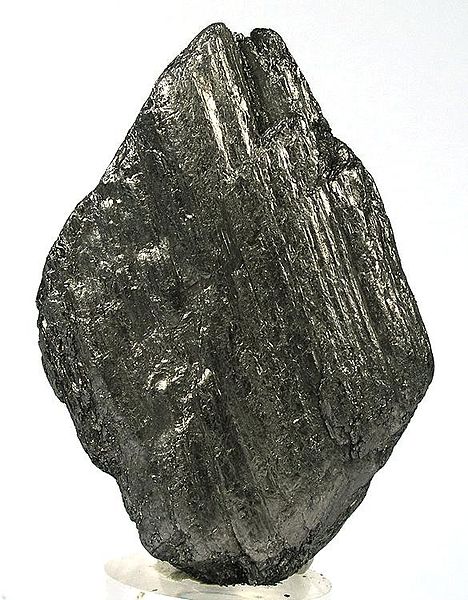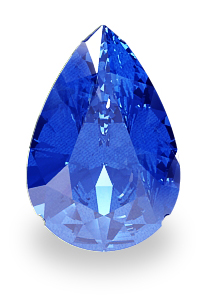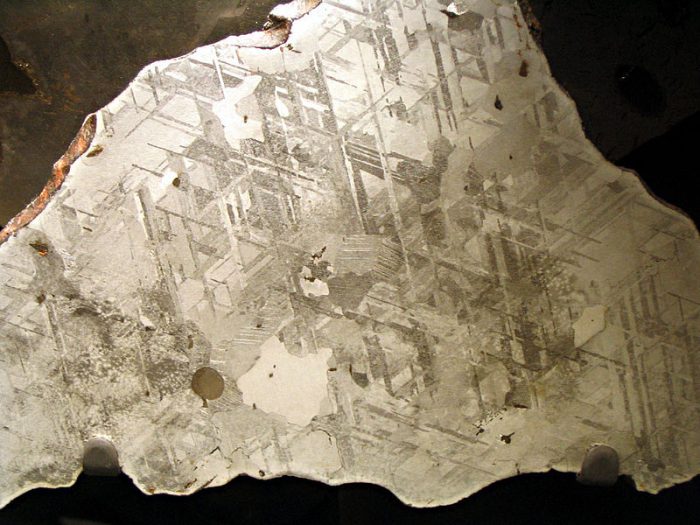There are around 5,500 minerals known to humans. In a nutshell, they are naturally occurring, inorganic substances.

A chunk of graphite. (Wikimedia Commons)
A whole bunch of them have names that end with -ite, such as graphite or chromite.

Sapphires are a variety of the mineral corundum, which is an aluminum oxide. (Wikimedia Commons)
Gems and precious stones—diamonds, rubies, gold, sapphires—are minerals, formed deep in the earth over millions of years.
But other minerals come from a place that is less grounded—outer space!
For example, iron is the most abundant element on the planet, and a key mineral in nearly all living things. But most iron was formed deep inside stars and got spread around the universe when those stars exploded as supernovas. Plenty of other minerals have arrived here by hitching a ride on asteroids, comets, and meteors.
And now we have a new one to add to the collection: Uakitite (say oh-kee-TAIT)!
Siberian space traveller

Most of the meteorite is made of kamacite. (Wikimedia Commons)
Russian gold hunters discovered uakitite when they grabbed a promising-looking rock in 2016. Sadly for them, it wasn't worth its weight in gold. Well, not to them, anyway.
But Russian scientists were thrilled when they analyzed the rock and discovered it was a meteorite that contained an mineral never before seen. Their first clue that this rock wasn't from around here was that it was 98 percent kamacite. This is an iron-nickel alloy (blend) that is found only in meteorites.
But a closer look found teeny, tiny (like, smaller-than-a-red-blood-cell tiny!) specks of an incredible new alien mineral. They named it uakitite, after the Uakit region in Siberia where the meteorite was found.
So what is it like?
Sadly, scientists don't know the full answer to this yet. These pieces are so tiny that they are next to impossible to fully analyze. Scientists do know that the meteorite it was found in would've been formed in intense heat—over 1,000°C (1,832°F).
Also, early tests have suggested that a large crystal of uakitite would be light grey in colour, and would reflect pink under light. It is also thought that it would be quite strong. Of course, the only way to know for certain is to find a meteorite with some bigger uakitite crystals inside.
Start searching, rock hunters!
 Though the new mineral makes up only a tiny part of this meteorite, this discovery is one heavy event! (webmineral.ru)
Though the new mineral makes up only a tiny part of this meteorite, this discovery is one heavy event! (webmineral.ru)










Merci va pot trimite un exemplar 😉
What do you do if you have one?